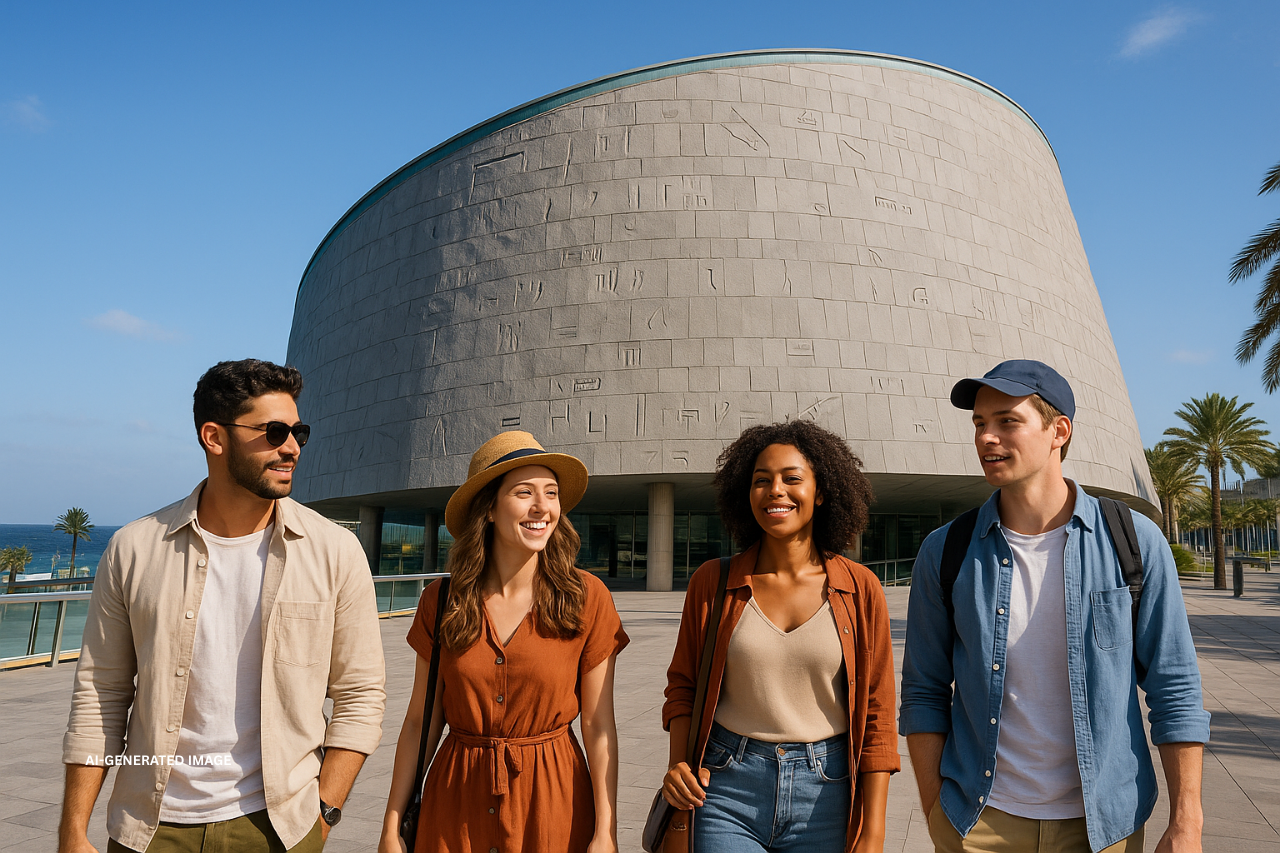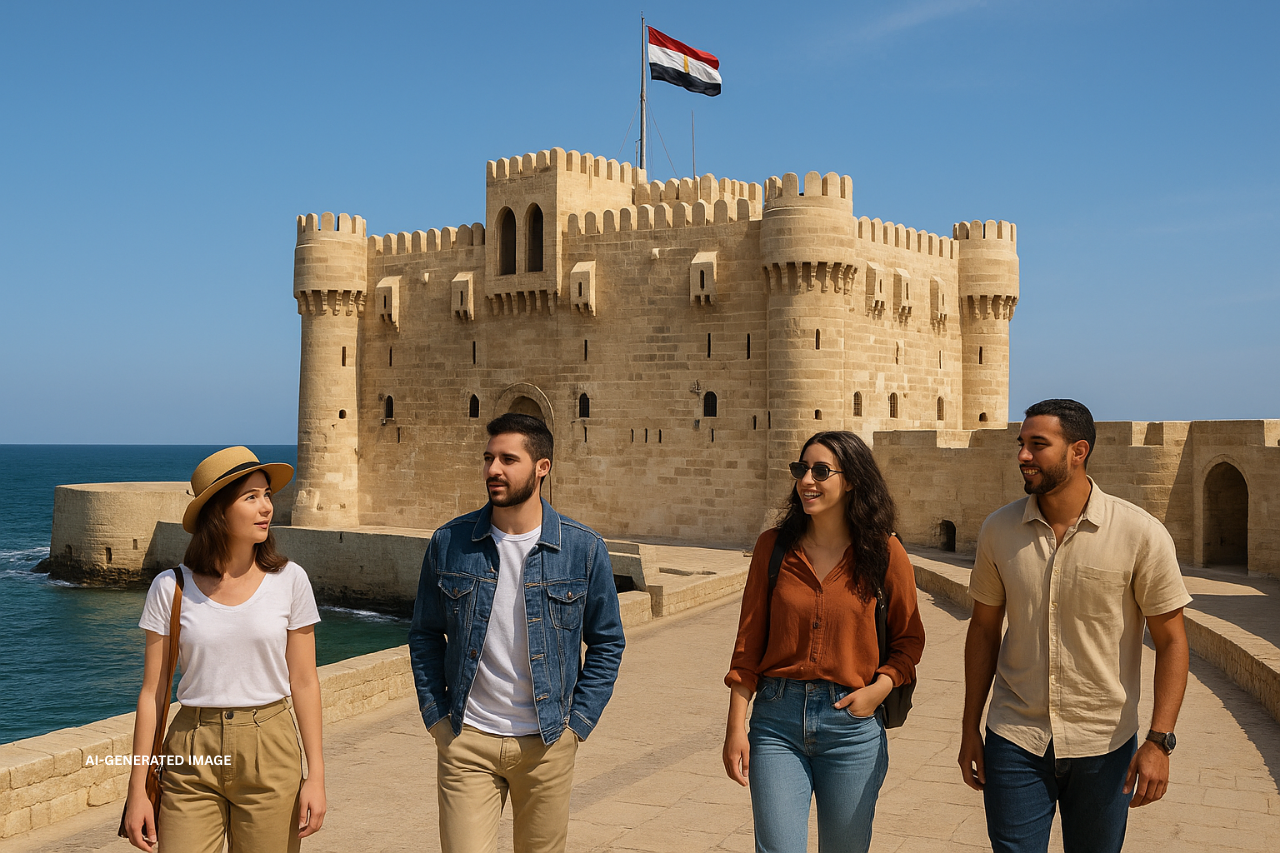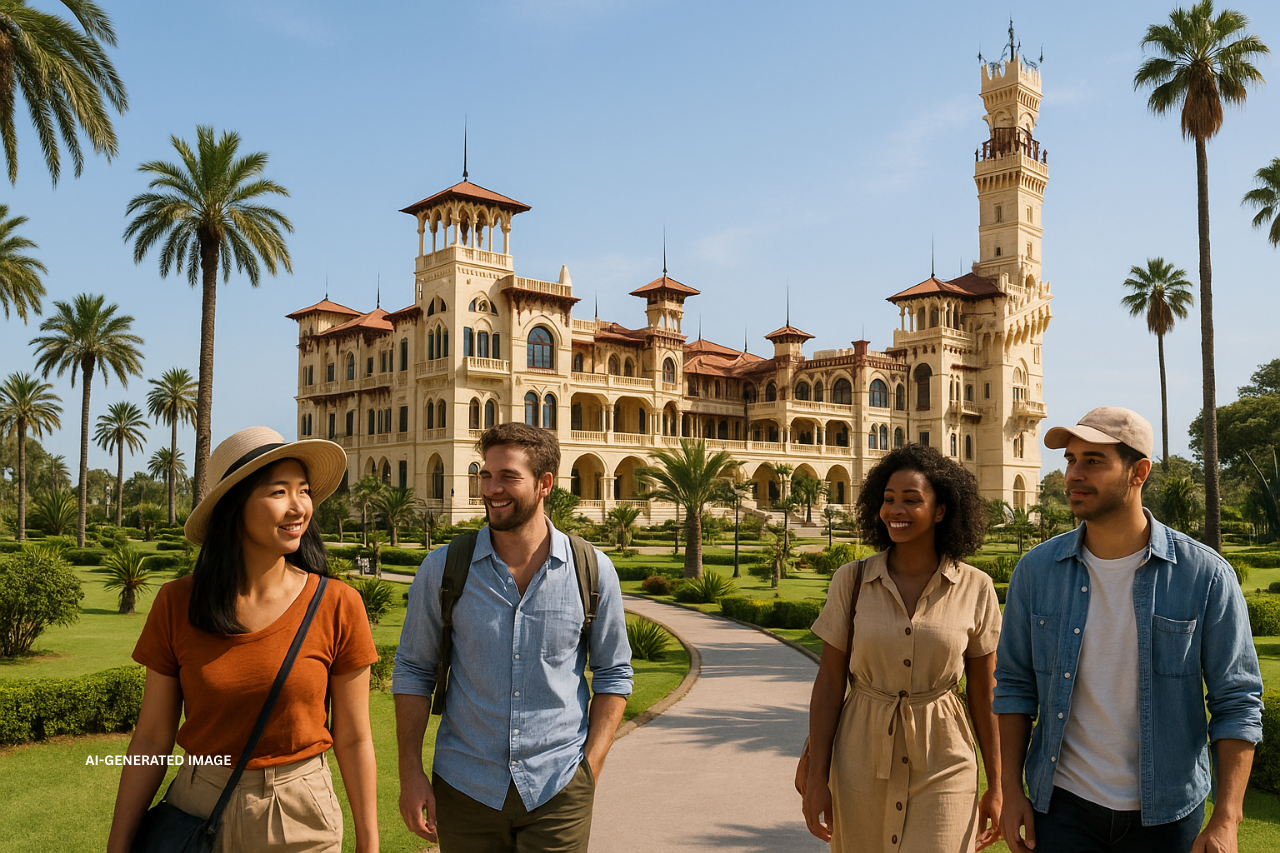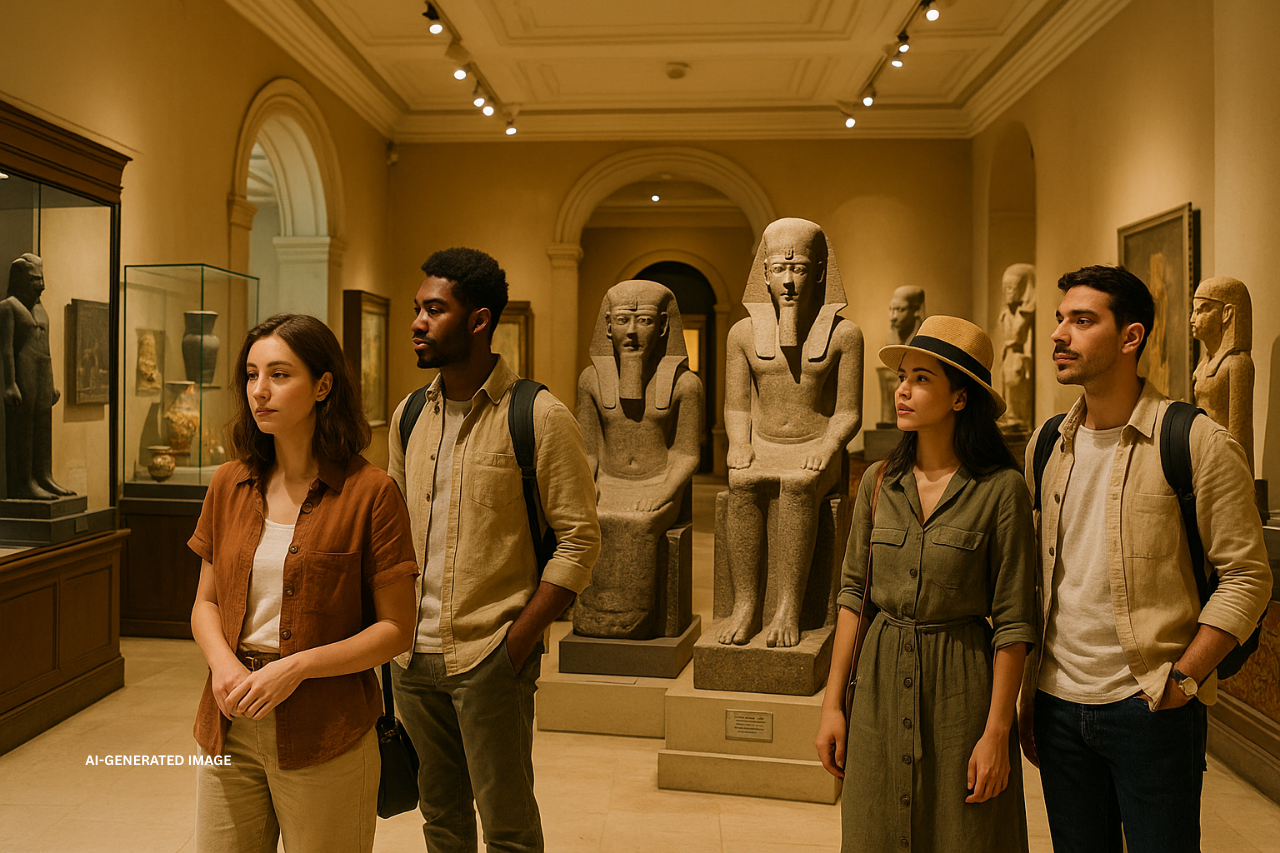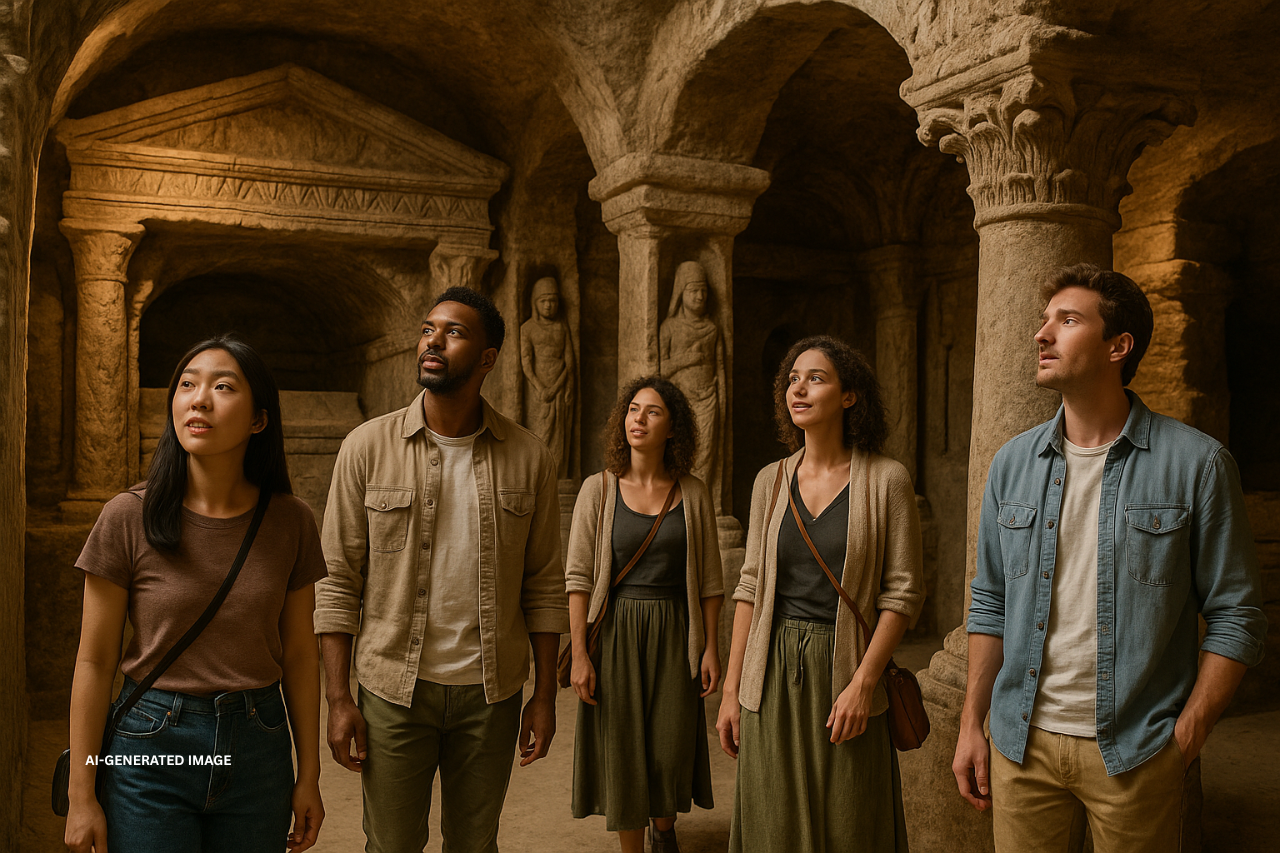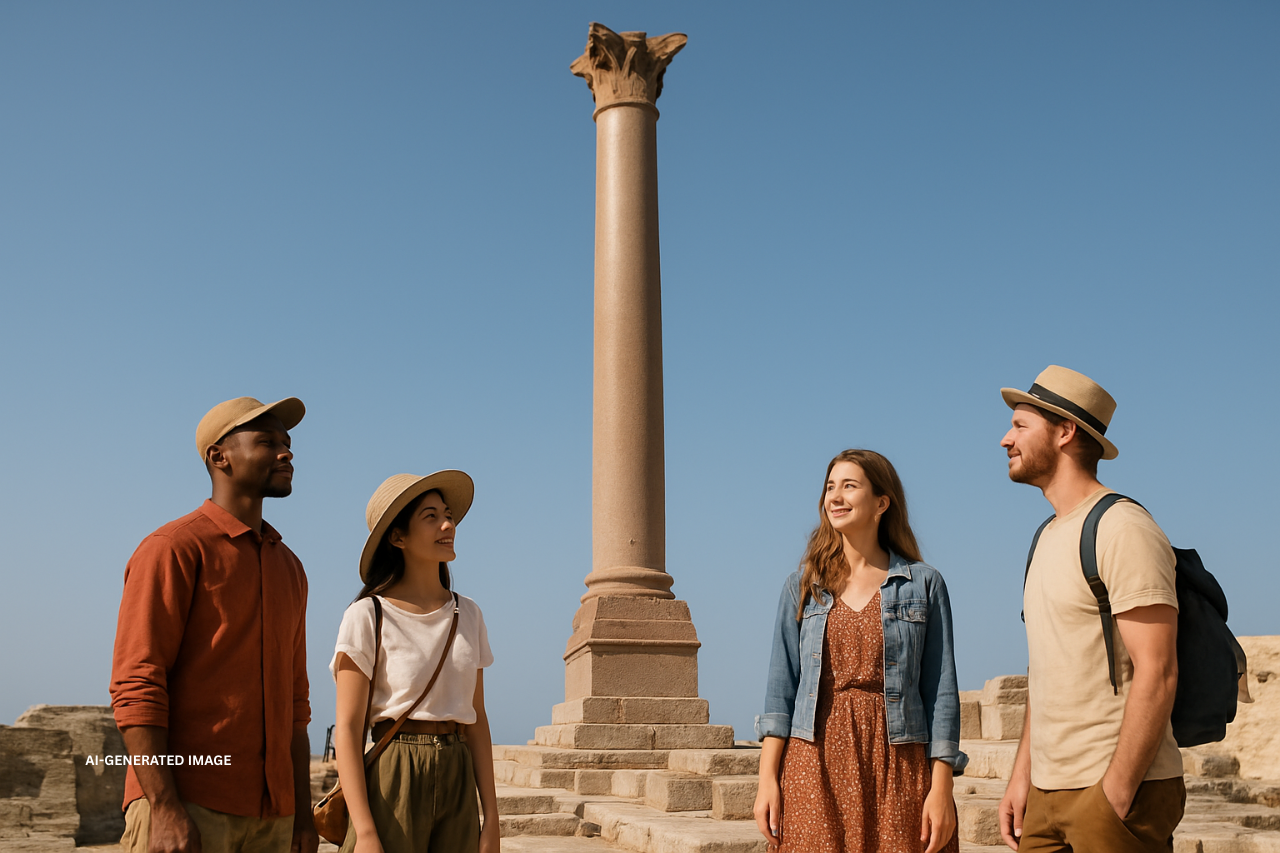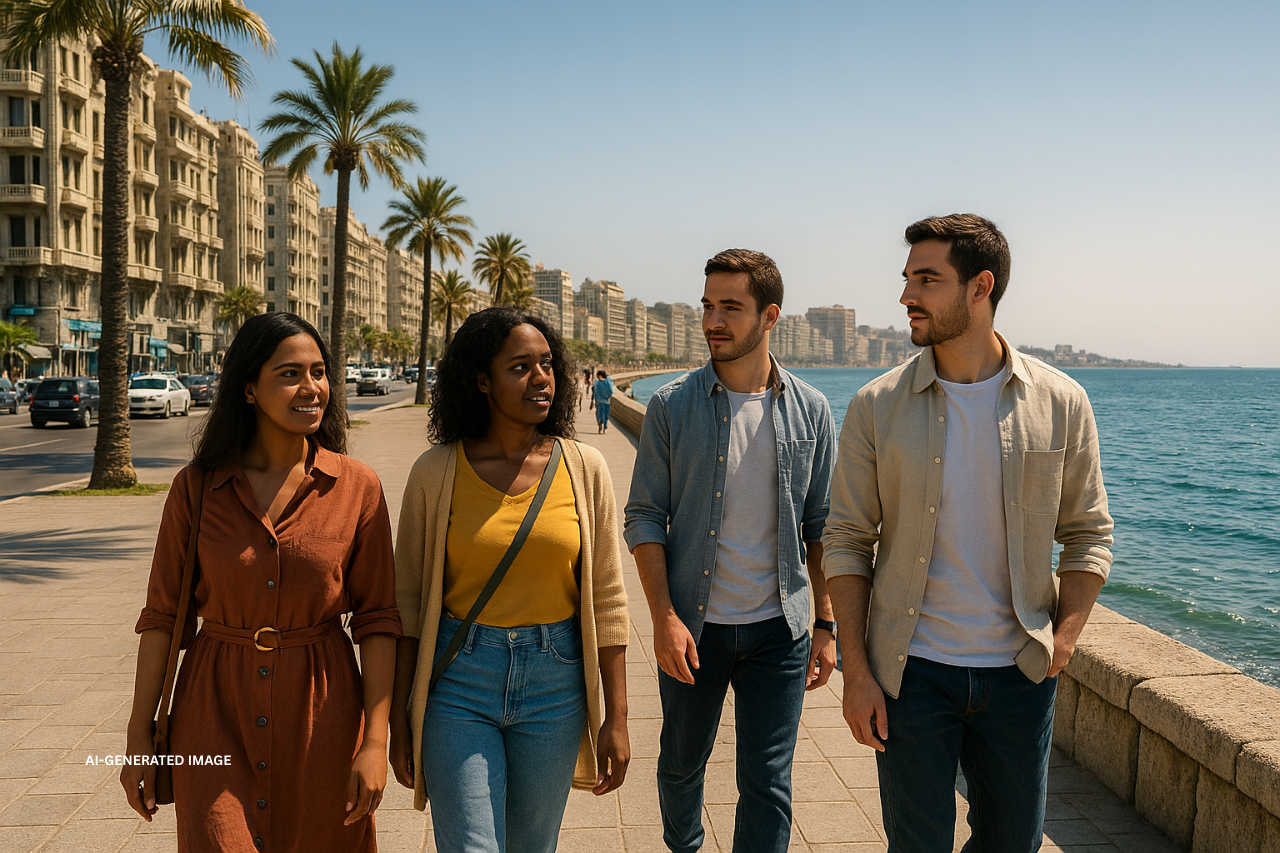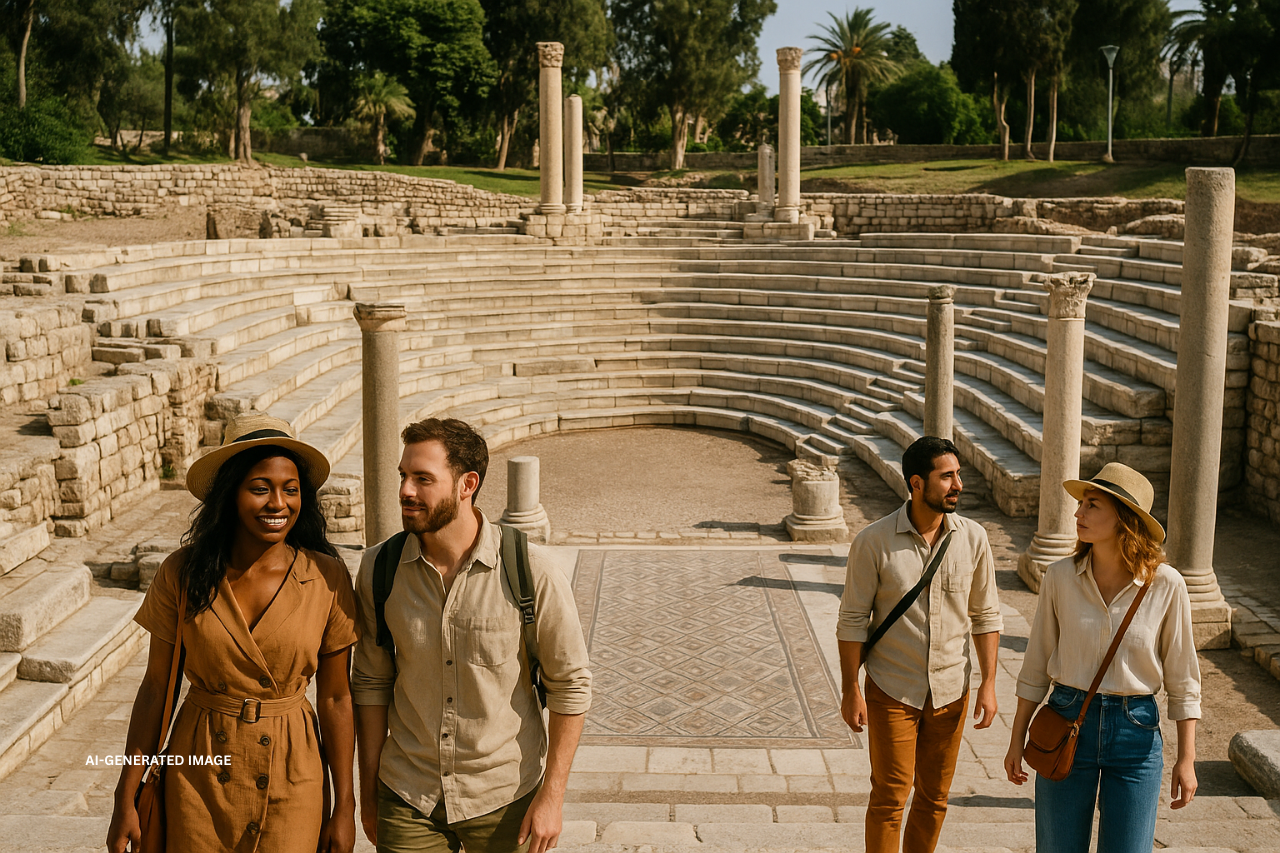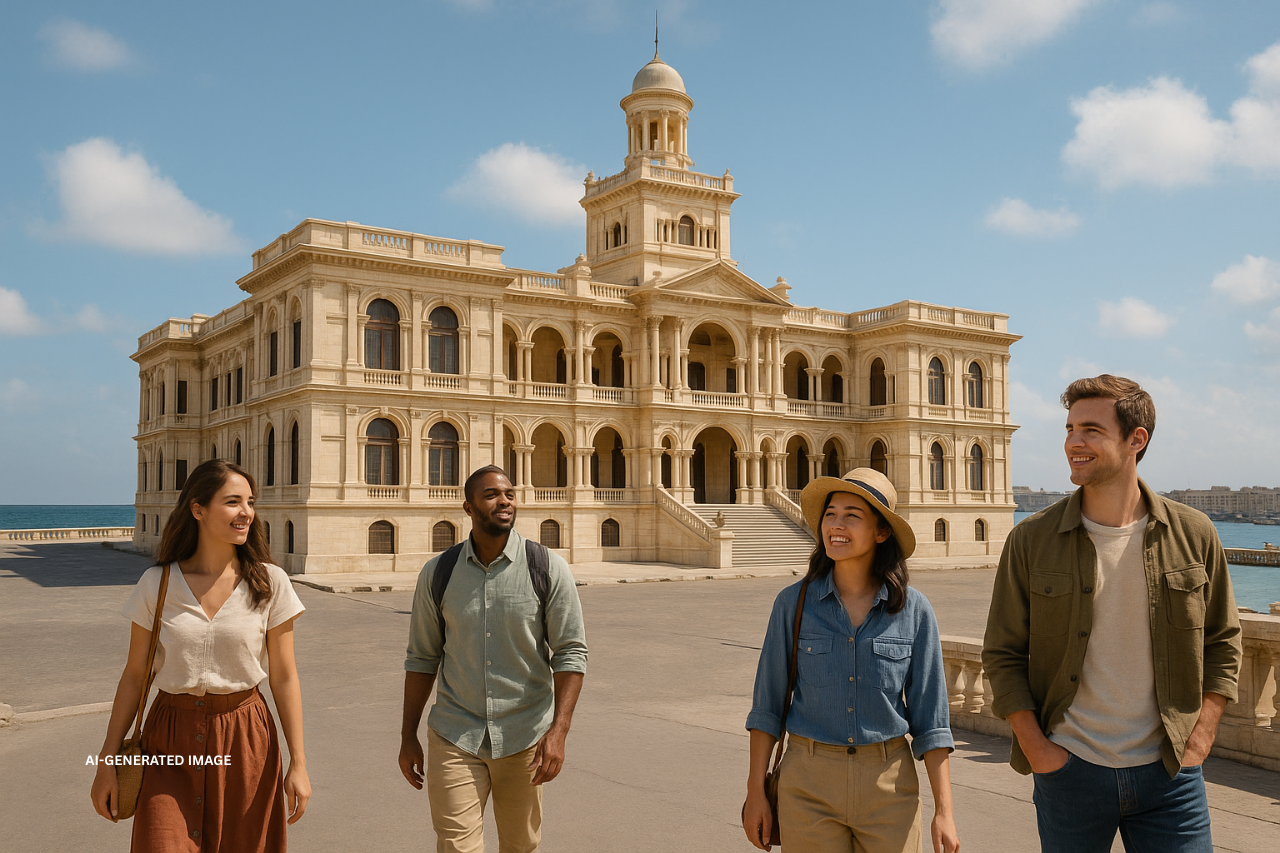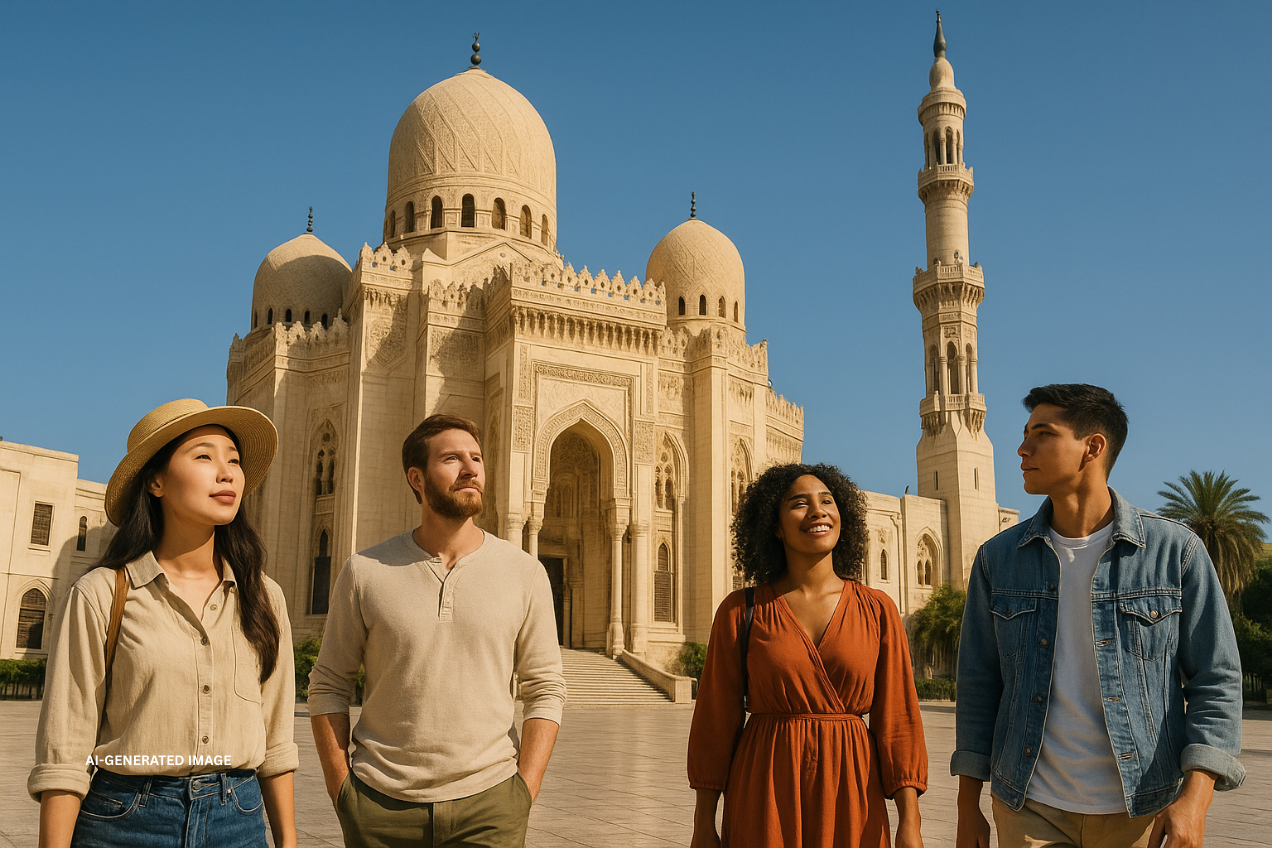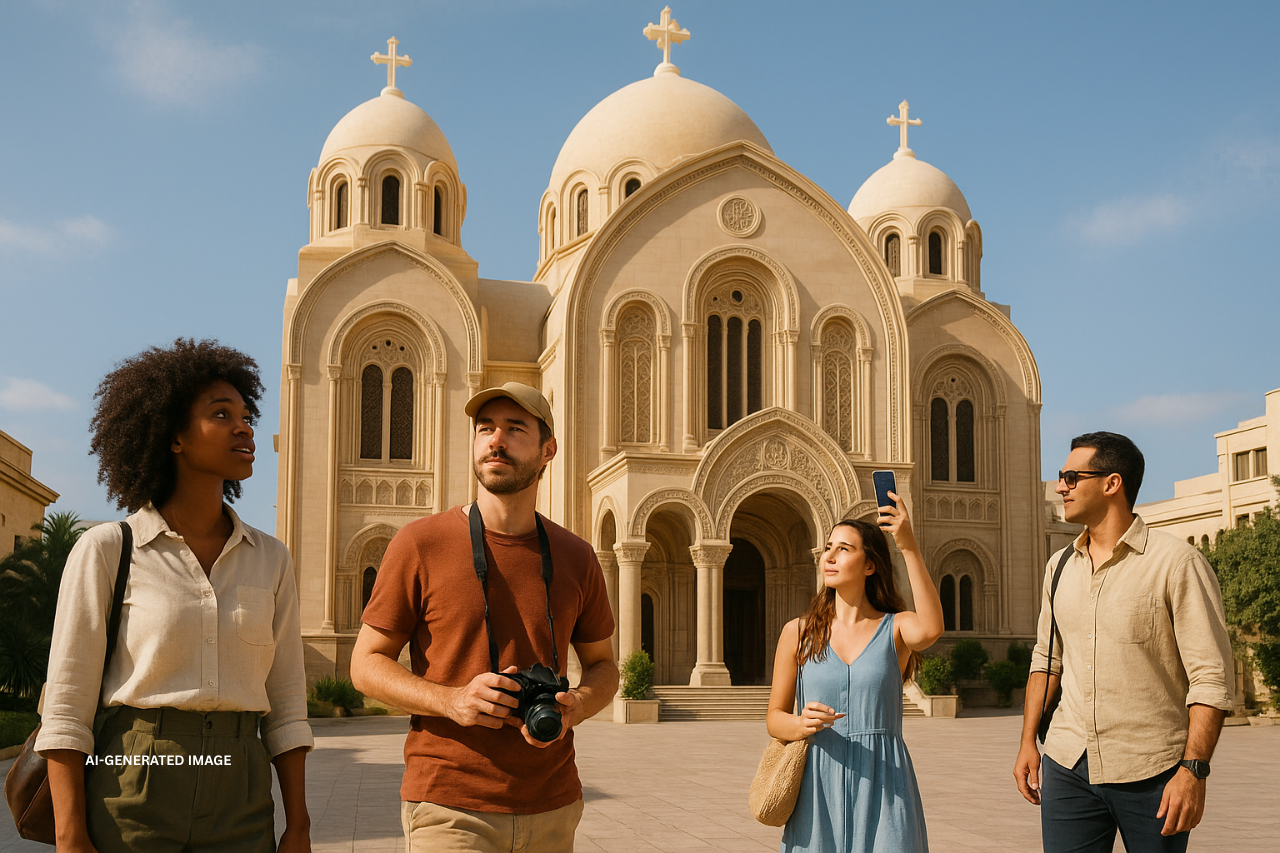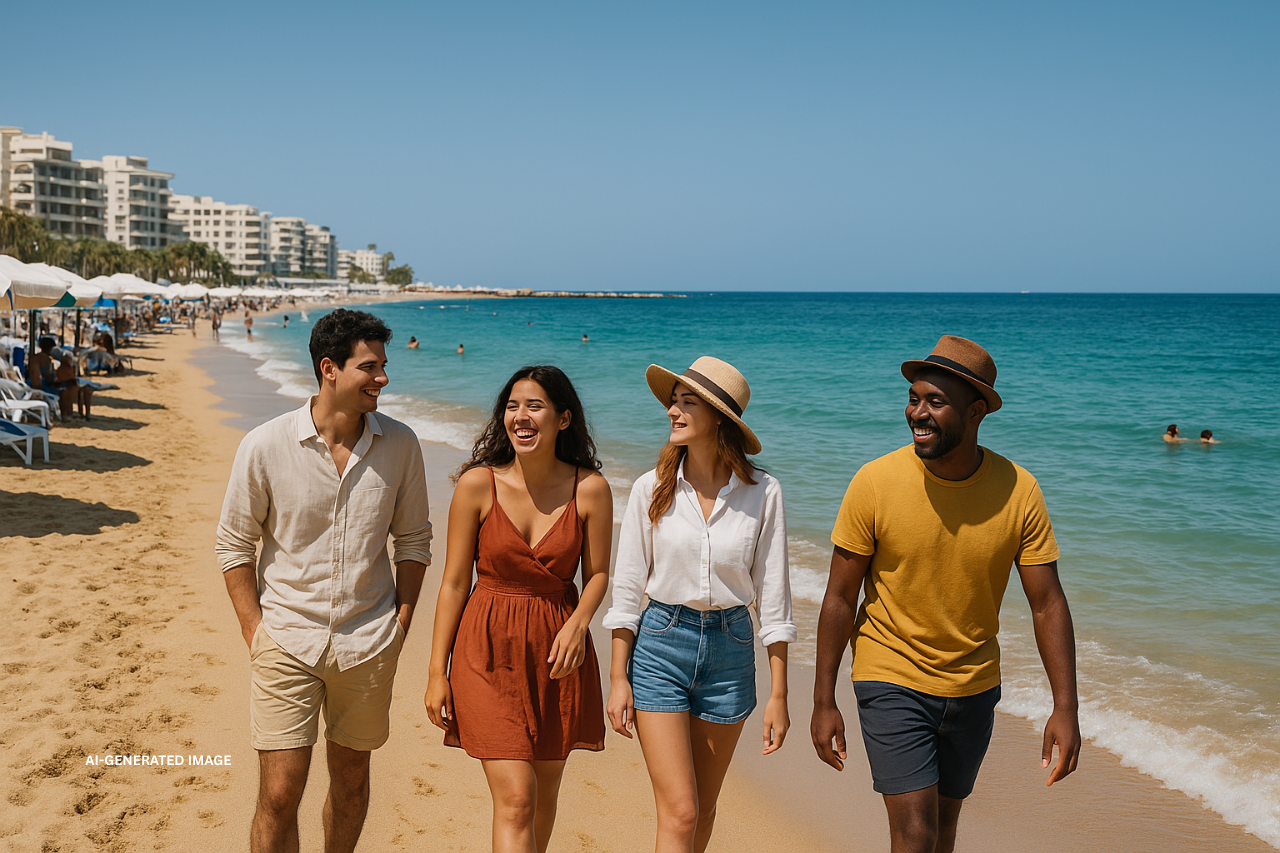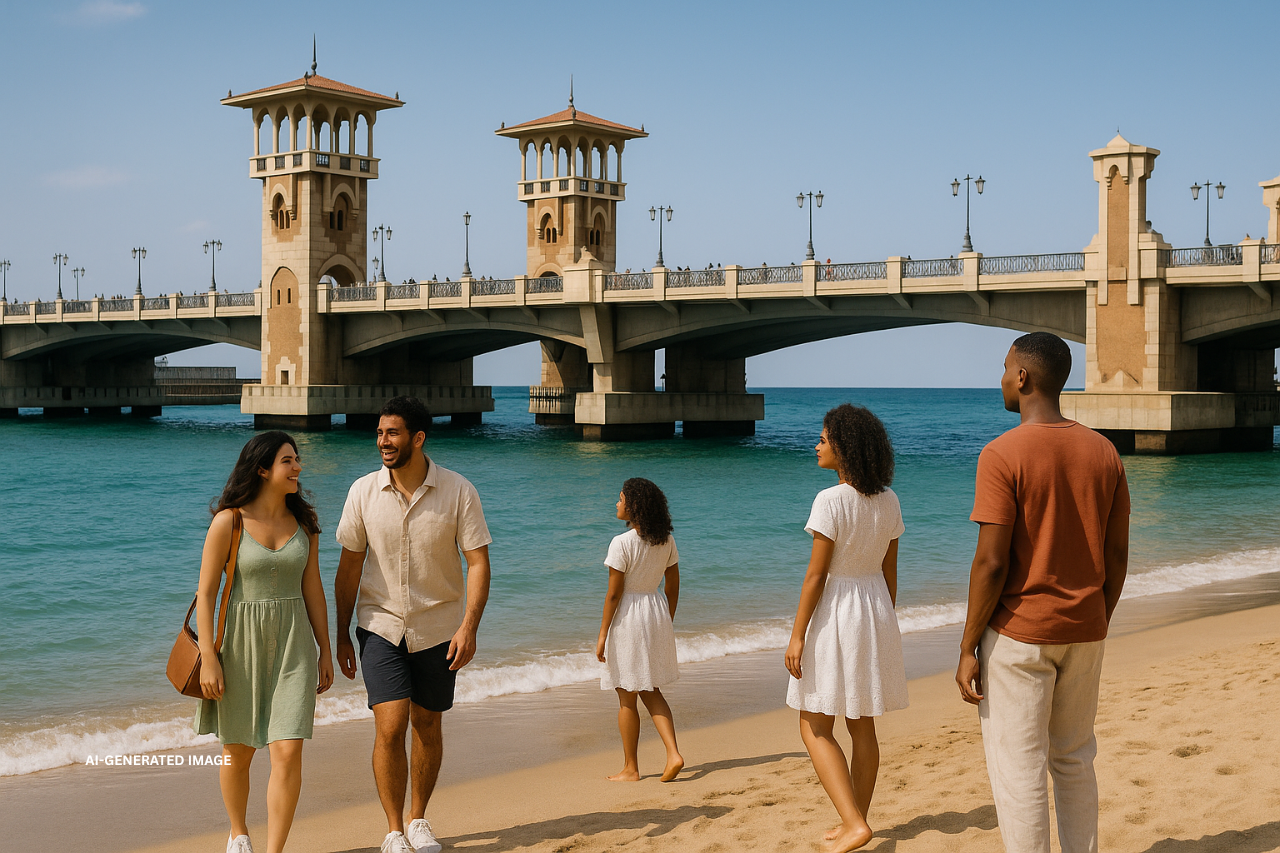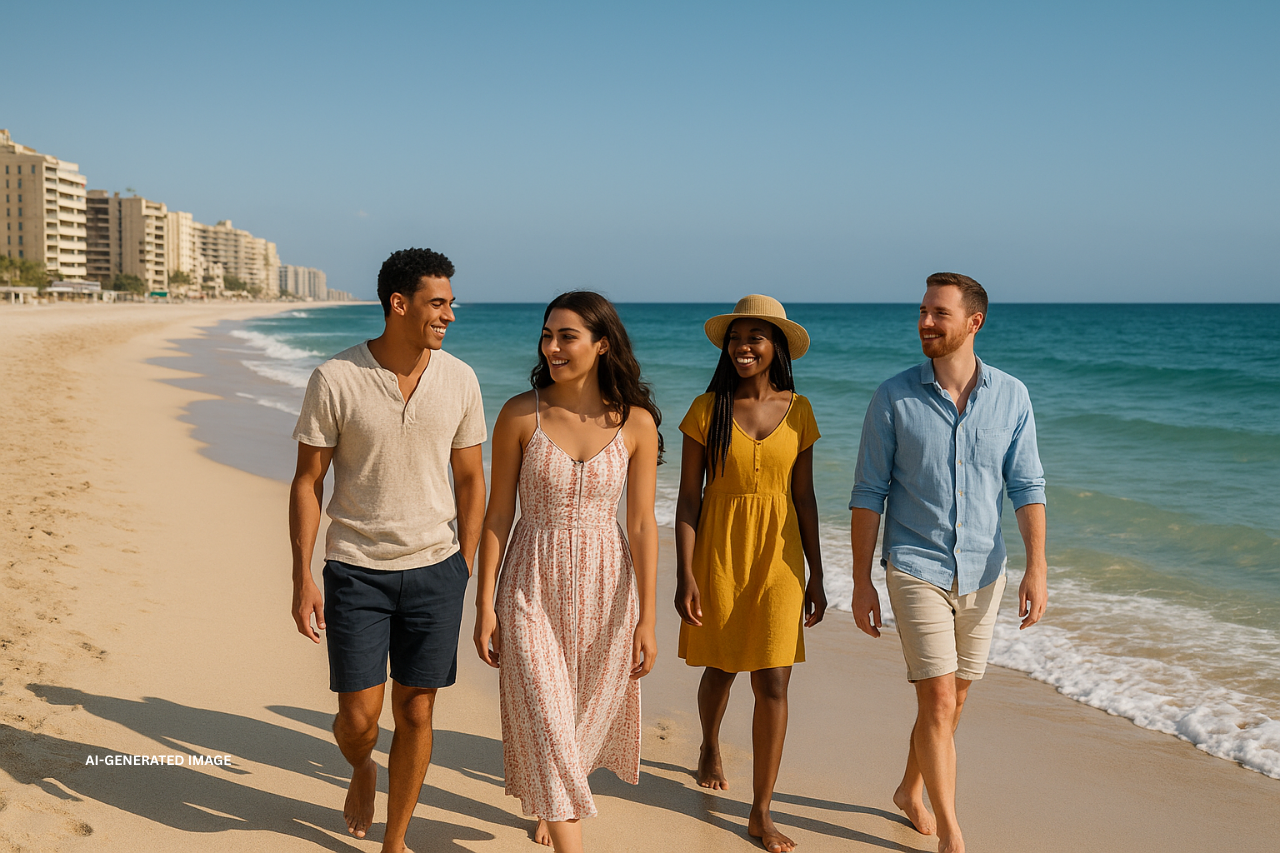Introduction
Alexandria – Egypt’s Gateway to the Mediterranean
Alexandria, Egypt’s second-largest city, is often described as the Pearl of the Mediterranean because of its beauty, history, and coastal charm. Unlike Cairo’s bustling desert setting, Alexandria stretches along the northern coastline, where sea breezes meet golden sands. It is a city where ancient wonders, cultural treasures, and modern life blend seamlessly, making it one of the most fascinating destinations in Egypt.
A Snapshot of the City
Founded more than two millennia ago, Alexandria has grown into a cosmopolitan hub with over five million residents. It is also Egypt’s main port and a center for trade and culture. Wide boulevards, elegant seaside promenades, and a Mediterranean lifestyle give the city an identity that is distinctly different from other parts of Egypt.
Historical and Cultural Importance
Since its founding by Alexander the Great in 331 BCE, Alexandria has played a major role in shaping the intellectual and cultural history of the ancient world. The legendary Great Library of Alexandria once housed priceless knowledge, while the Lighthouse of Pharos stood as one of the Seven Wonders of the Ancient World. Today, traces of its glorious past still echo in the city’s landmarks, museums, and archaeological sites.
The Charm of the Pearl of the Mediterranean
The city earned its nickname thanks to its Mediterranean coastline, lively atmosphere, and enduring heritage. Alexandria offers something for every traveler — whether it’s a quiet sunset along the Corniche, a visit to world-class museums, or a stroll through traditional markets buzzing with life.
Modern Alexandria – Tradition Meets Progress
In the present day, Alexandria has transformed into a vibrant urban center. Luxury hotels, shopping malls, and stylish cafés coexist with ancient ruins and historical neighborhoods. This contrast between old and new makes Alexandria a city that celebrates both its rich heritage and its role as a modern cultural hub.
Historical Background
Birth of Alexandria – A Vision of Alexander the Great
The story of Alexandria began in 331 BCE when Alexander the Great envisioned a city that would link Greece and Egypt while serving as a gateway to the Mediterranean. After his untimely death, the city flourished under the Ptolemaic dynasty, becoming a hub of learning, commerce, and culture.
A Cosmopolitan Identity
From its earliest days, Alexandria was home to people of different backgrounds — Egyptians, Greeks, Jews, and others — creating a multicultural society that encouraged innovation and exchange. Its strategic location near the Nile Delta allowed it to become one of the busiest ports of the ancient world.
The Ptolemies and the Rise of Knowledge
Under the Ptolemaic rulers, Alexandria gained fame as a center of intellectual achievement. Scholars, scientists, and philosophers from across the ancient world gathered here, turning the city into the intellectual capital of antiquity.
The Great Library of Alexandria – A Treasure of Knowledge
The Great Library of Alexandria became a symbol of human curiosity and progress. Although its exact size remains debated, it is believed to have stored hundreds of thousands of manuscripts from Greece, India, Egypt, and beyond. While the library no longer exists, its legacy continues to inspire, especially through the modern Bibliotheca Alexandrina, which was built as a tribute to its ancient predecessor.
The Lighthouse of Alexandria – Wonder of the Ancient World
Another monumental achievement was the Lighthouse of Pharos, which guided sailors safely into the harbor. Standing over 100 meters tall, it was considered one of the greatest architectural feats of its time and earned its place among the Seven Wonders of the Ancient World. Although destroyed by earthquakes, its memory remains an integral part of Alexandria’s identity.
Roman and Byzantine Eras
After the fall of the Ptolemaic dynasty, Alexandria was absorbed into the Roman Empire. The city remained a vital trade hub, supplying Rome with grain and other goods. Under Byzantine rule, Alexandria also became an important Christian center, housing theological schools and churches that shaped early Christian thought.
Islamic and Ottoman Influence
In the 7th century, Alexandria came under Islamic control. Over time, it grew into a center of Islamic scholarship and commerce. The Ottoman period added further cultural influences, leaving behind mosques, religious schools, and traditional architecture that are still visible today.
A European-Inspired Renaissance
In the 19th and early 20th centuries, Alexandria experienced a revival under Mohamed Ali Pasha. European communities — particularly Italians, Greeks, and French — left their mark on the city through architecture, cafés, and art. This cosmopolitan flair distinguished Alexandria from the rest of Egypt and created the modern urban character visitors see today.
Geography and Climate
Location
Alexandria stretches along 32 kilometers of Egypt’s northern Mediterranean coast, making it the country’s largest seaport. Its location at the edge of the Nile Delta has always given it a strategic advantage for agriculture, trade, and cultural exchange.
Strategic Coastal Importance
Throughout history, Alexandria’s Mediterranean position allowed it to thrive as a major trading center. Goods and ideas flowed between Egypt, Europe, and Asia, cementing the city’s role as a bridge between continents. Today, it remains one of the busiest ports in the region.
Proximity to Cairo and the Nile Delta
Located just 225 kilometers northwest of Cairo, Alexandria is easy to reach by road or rail. Its closeness to the fertile Nile Delta provided the city with resources and wealth for centuries. For modern travelers, this proximity makes it a popular day trip or weekend escape from Cairo.
Climate
Alexandria enjoys a Mediterranean climate, unlike the desert weather of much of Egypt.
-
Summers (June–August):
-
Warm and humid, with temperatures around 30°C (86°F).
-
Autumn (September–November):
-
Mild and comfortable, perfect for sightseeing.
-
Winters (December–February):
-
Cool, rainy, and breezy, with average highs around 15°C (59°F).
-
Spring (March–May):
-
Pleasant and colorful, with fewer crowds and ideal travel conditions.
Best Time to Visit
The most recommended seasons are spring and autumn, when temperatures are moderate and outdoor exploration is most enjoyable. Summer attracts local holidaymakers to the beaches, while winter appeals to those who prefer cooler weather and fewer crowds.

